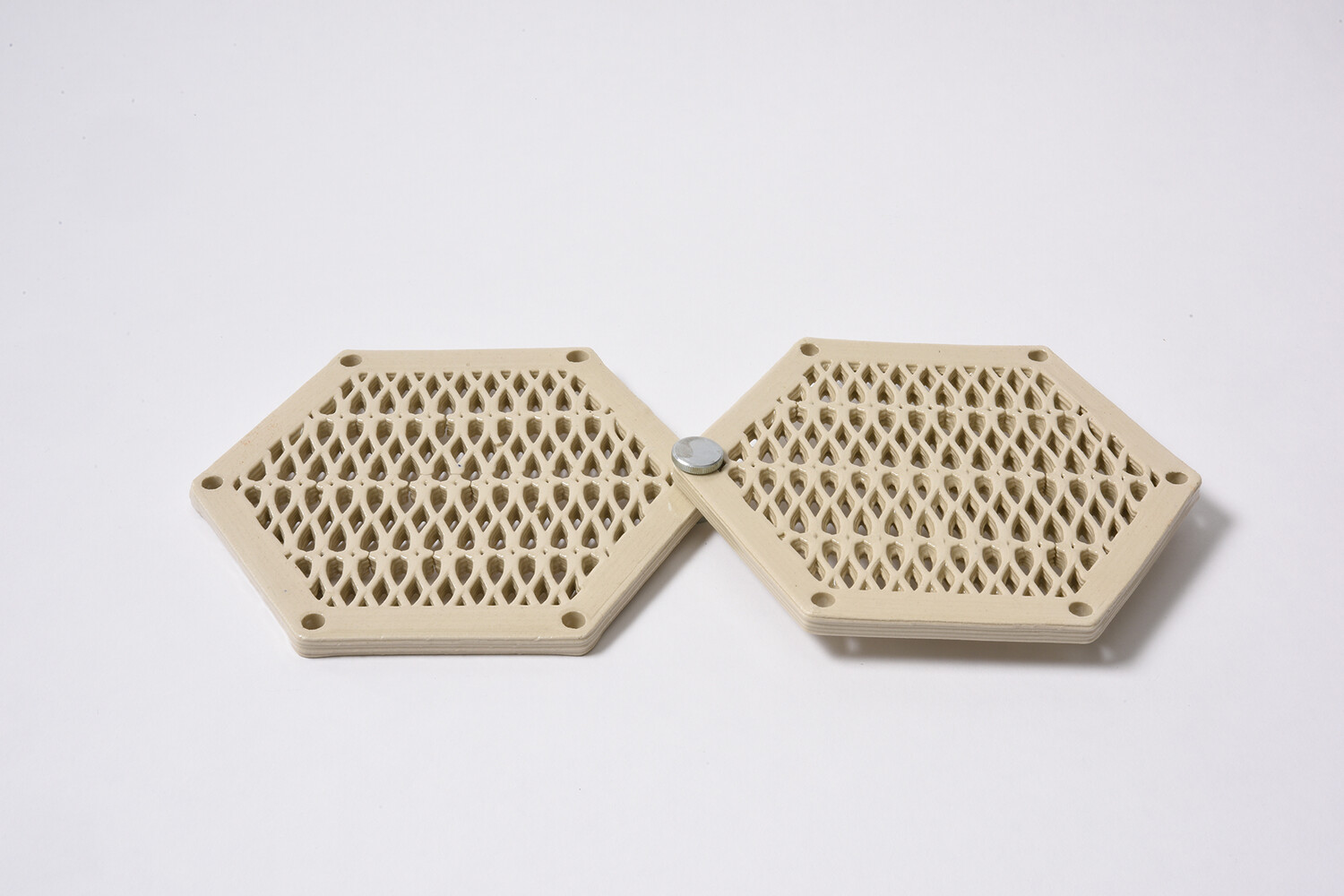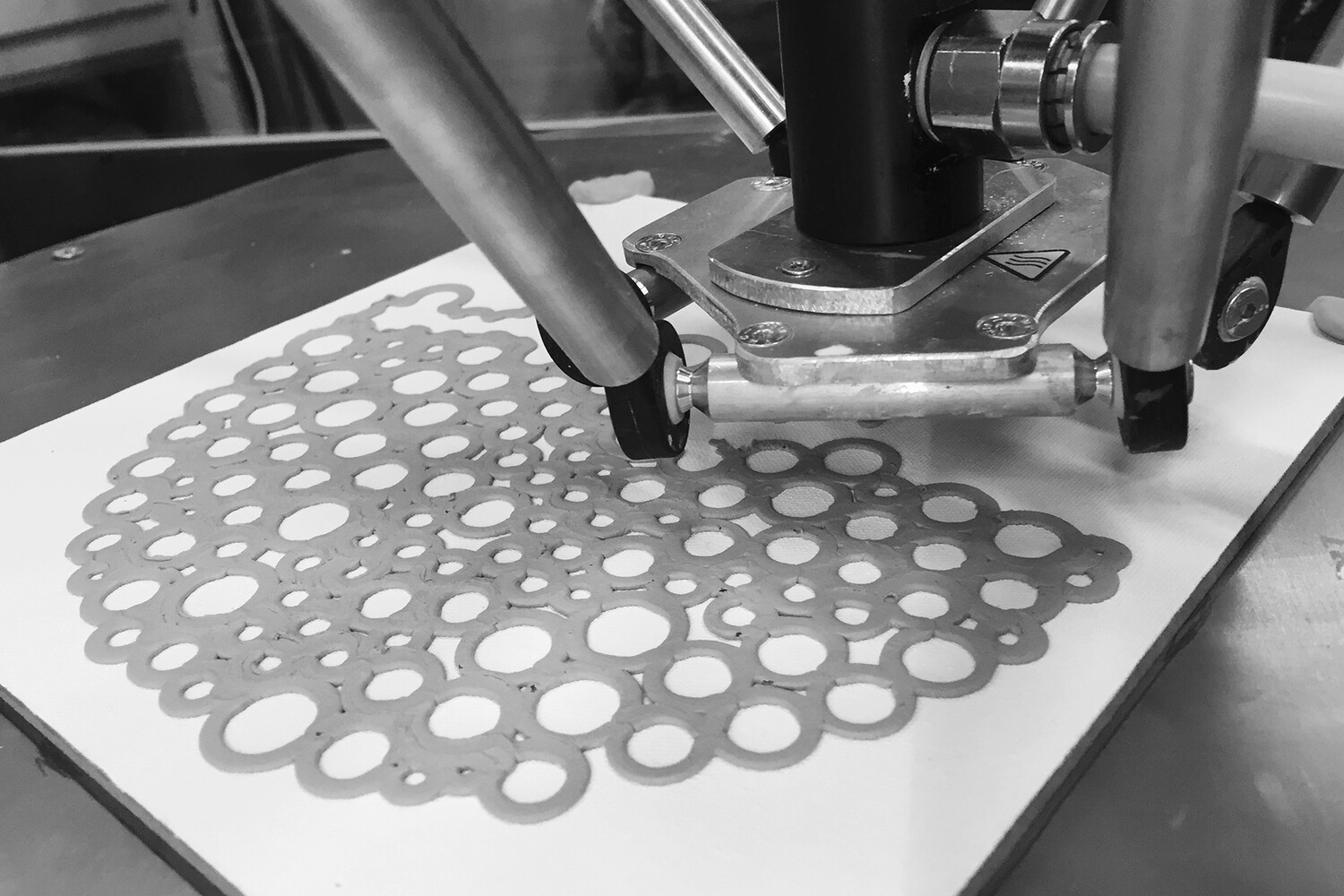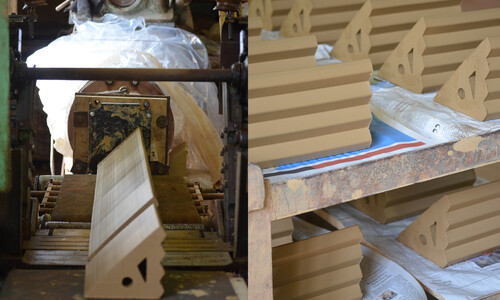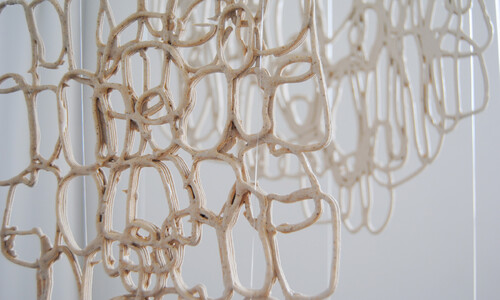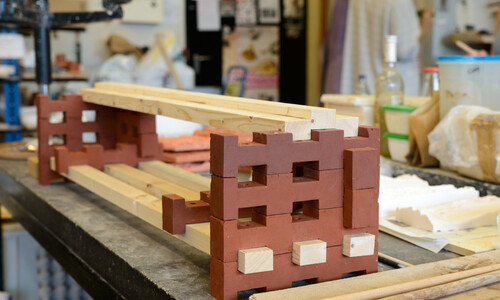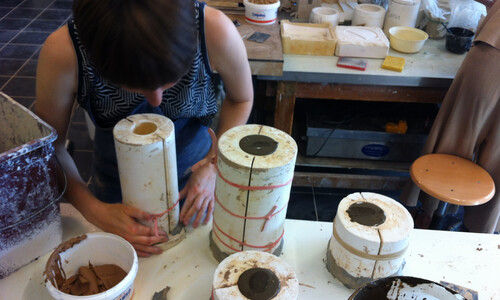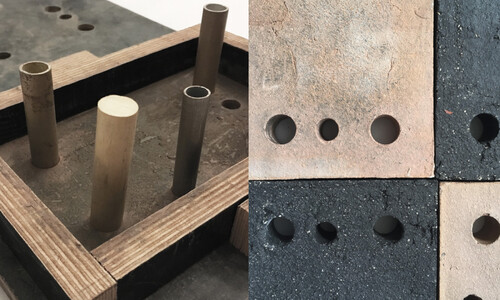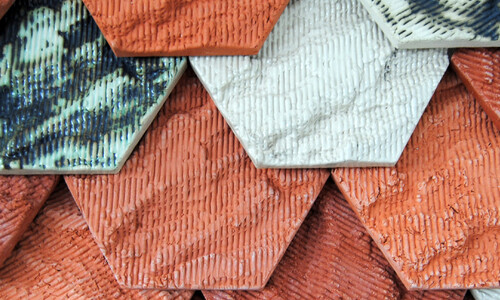Water scarcity is a growing global problem. The poorest regions of the world are particularly affected, as climate change and population growth converge, while adequate and functioning water infrastructure is often lacking; in some areas, there is no access to a water source at all. However, even wealthy and temperate regions are increasingly experiencing water shortages.
Often, alongside or instead of a central water supply, there is a decentralized system. A village may rely on a well, and houses may be equipped with cisterns to collect rainwater. In areas with little rainfall, where very careful water management is necessary, 'fog catchers' have long been used to extract water from humidity in the air. Modern models are usually outdoor nets on which water condenses and then runs off (a 4x8 m net in sufficient fog can collect up to 760 liters per day). The water is collected in a container or directed immediately for use, for example to provide a community with autonomous water supply or to irrigate crops in desert regions. In certain arid countries such as Peru, Chile, Guatemala, Nepal, Ethiopia, or California, fog catchers are indeed used on a larger scale.
This project aims to integrate the principle of fog catchers into the architecture and function of a house in the form of a ceramic façade. Panels are installed over a large area on the exterior wall, consisting of square 3D-printed ceramic elements with a perforated, net-like structure. Combined with a glazed, smooth surface and the coolness of the material, they capture humidity from the air and allow it to run down by gravity. Crucial to this effect are the fine structures that can only be produced by 3D printing, which conceal their functional purpose within their ornamental appearance.
Water is a key theme for a sustainable future and should therefore be more strongly integrated into the concept of ecological architecture, which intelligently 'cooperates' with its natural environment rather than displacing it and unnecessarily consuming resources. The fog catcher façade addresses not only a functional but also a design aspect, without aiming for exclusivity. 3D technology is now widespread, portable, and affordable, making it easy to imagine equipping entire communities affected by water scarcity with fog-catching façades, integrating water collection directly into the function of the building.

